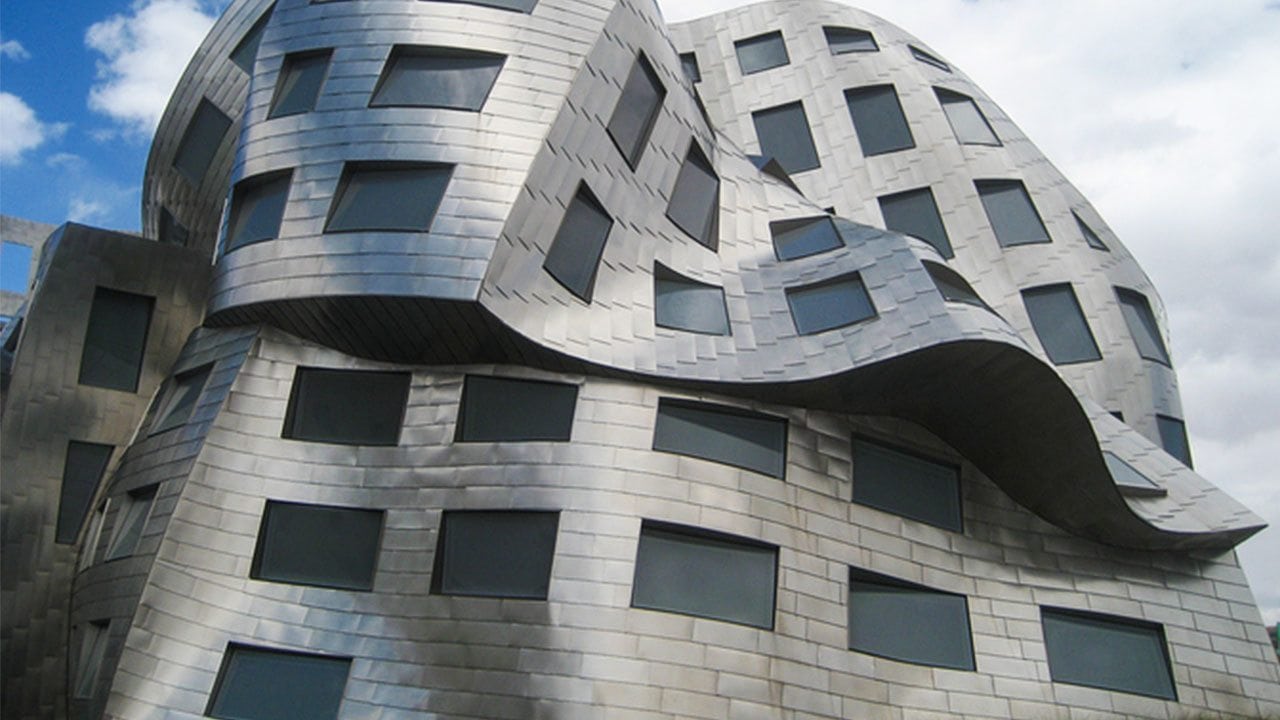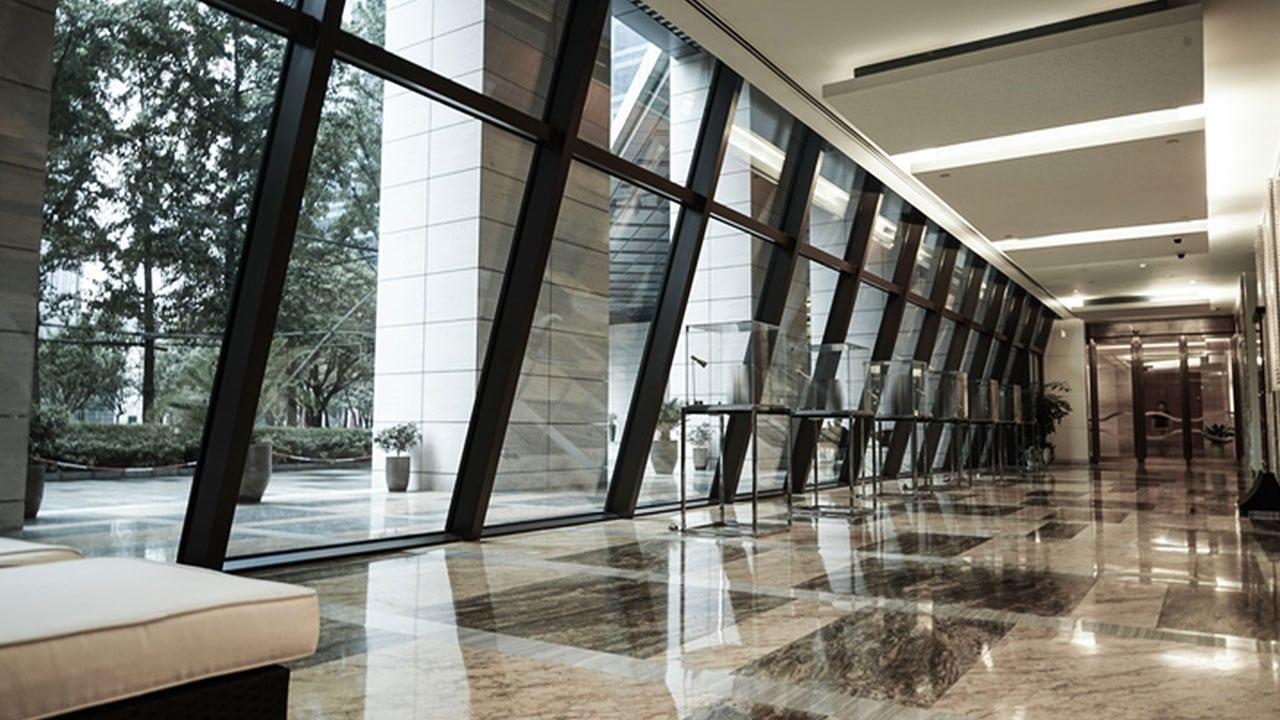The mood is a tricky thing and can be affected by many factors relating to the design of a building. Everything from structural decisions to aesthetic choices can have an effect on the way a building’s occupants feel when inside. This makes it important for computer-aided design professionals to make an effort, when possible, to account for how a building will “feel” when they are working on projects.
Curious about some of the ways that architecture can affect mood? Here’s a look at some important examples.
Students in CAD Courses Can Use Natural Light to Promote Emotional Well-being
For most people, being able to enjoy a little sunshine while indoors can be very uplifting, which means it can often be a great idea to include a lot of natural light in a building’s design.
Things like big windows, skylights, glass doors, and other design choices can be great ways to allow in some sunshine and make a building a little more uplifting. As far as design costs go, a building with lots of glass can often save a bit of money on lighting, but will likely be a bit more expensive to heat and cool, as glass portions of a building won’t be as insulated. Strike the right balance between cost and effect after technical design college and you’ll have a building that makes people a little happier, and that doesn’t cost exorbitant amounts for temperature regulation.
Sound Is Another Important Consideration for Graduates of CAD Courses
Noisy upstairs neighbours, honks and roaring engines from traffic outside, and many other distractions and annoyances make sound an important part of the equation when analyzing how a building affects mood. Too much outside noise can quickly make the inhabitants of a building feel unhappy.
Materials are a big part of determining how much sound can enter or travel through a building, with different kinds of insulation and structural material possessing different capabilities for stopping sound waves in their tracks. When sound is a concern, you can use BIM applications like Revit to include real-world acoustic insulation in your design. While the application won’t let you model the acoustics of a building, it will at least allow you to see how well a particular acoustic insulation will do as a thermal insulator, and for other important qualities expected of insulation. This can help you create an effective design that should do a great job of keeping unwanted noise to a minimum.

Your drawing skills can help with the creation of buildings that stand out
An Original and Artistic Approach to Design Can Make a Building Feel Special
Modern architecture often runs the risk of being sterile. From chain restaurants that look exactly the same in every location, to new towers that are full of shiny metal and blue-tinged LED light, familiar and clean design choices are being used as a go-to safe bet, and this can encourage feelings of boredom in occupants. Making bold choices with design, lighting, and other elements of building design, though, can make a building feel fresh, exciting, and memorable.
Completing CAD courses will allow you to hone the ability to draw and model all kinds of structures in 2D and 3D, which will allow you to contribute to all kinds of projects, including those that take an artistic approach to architectural design. Keep an open mind to ways that interesting twists on familiar designs for windows, ramps, and other elements might be employed. Something that looks fresh and different could prove to create a unique, attractive product that people will love.
Do you want to take 3D CAD training courses?
Contact Digital School to learn more about getting started!



